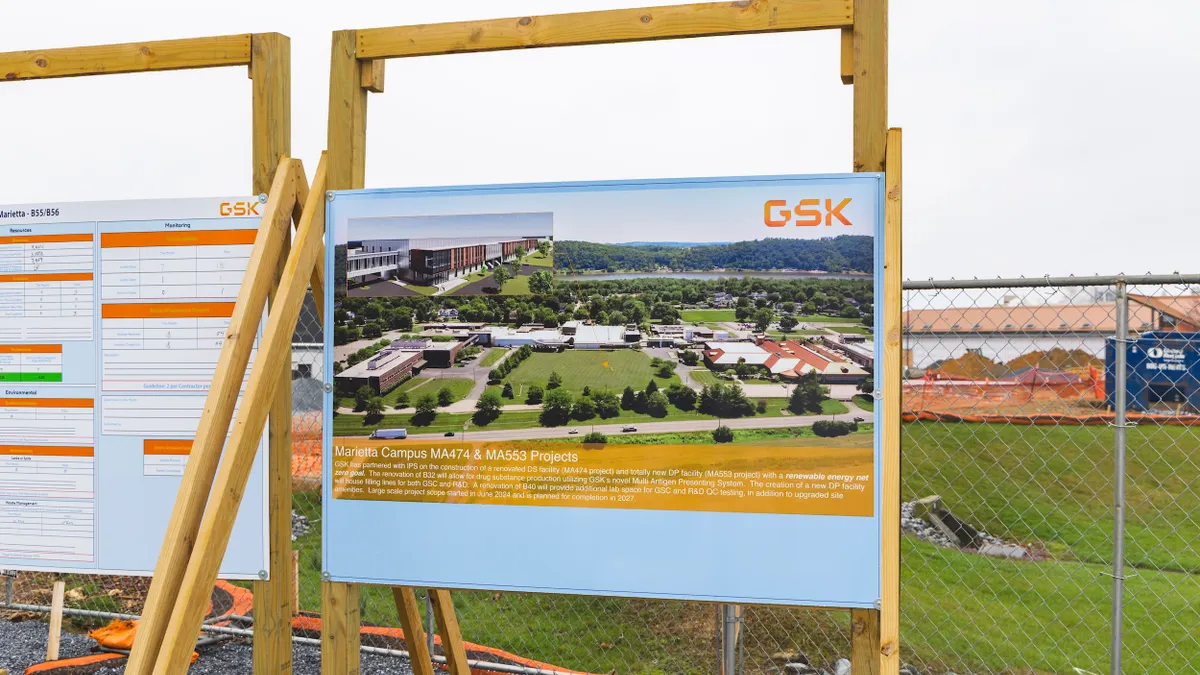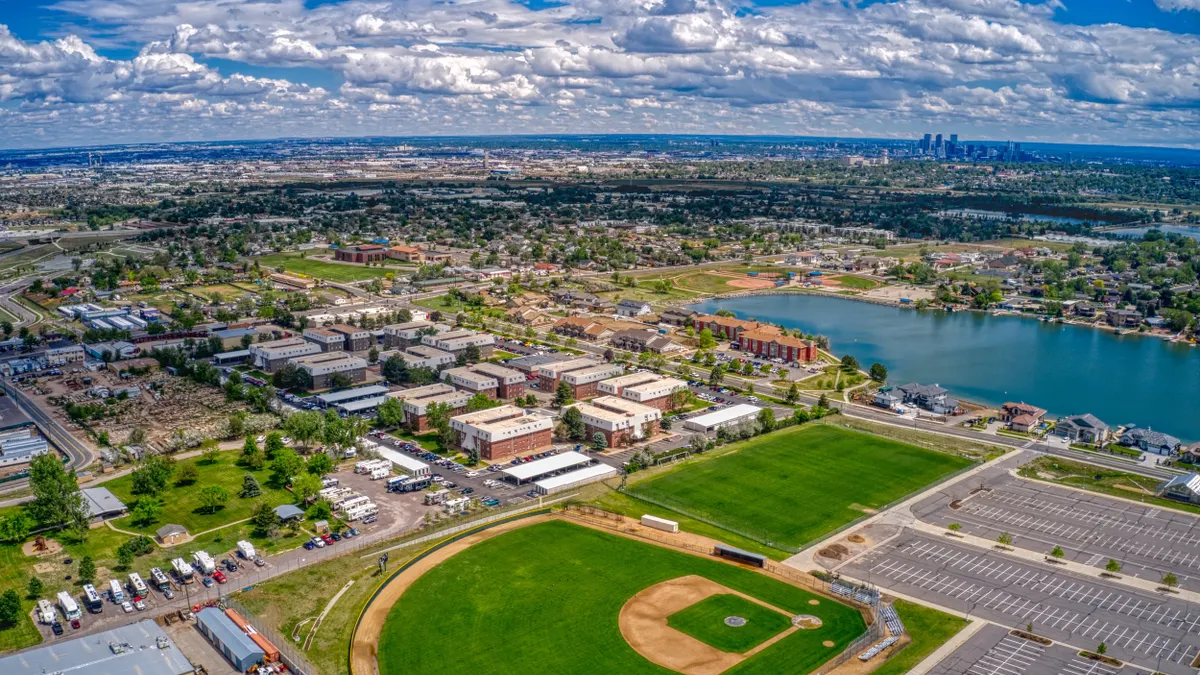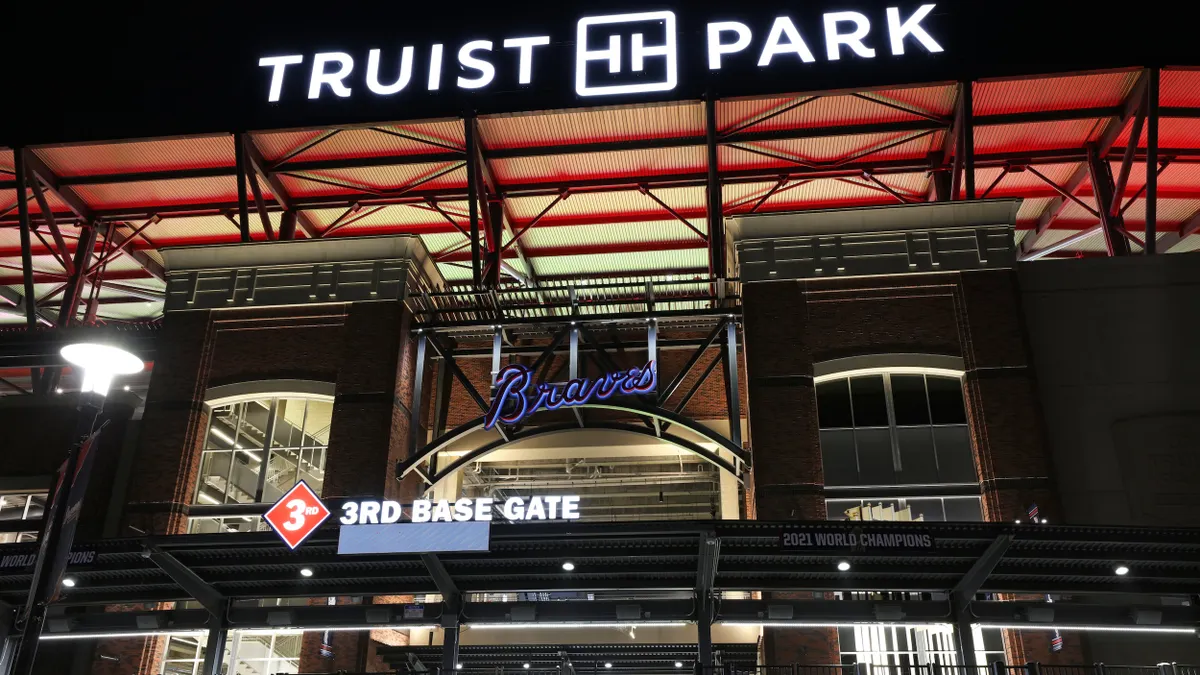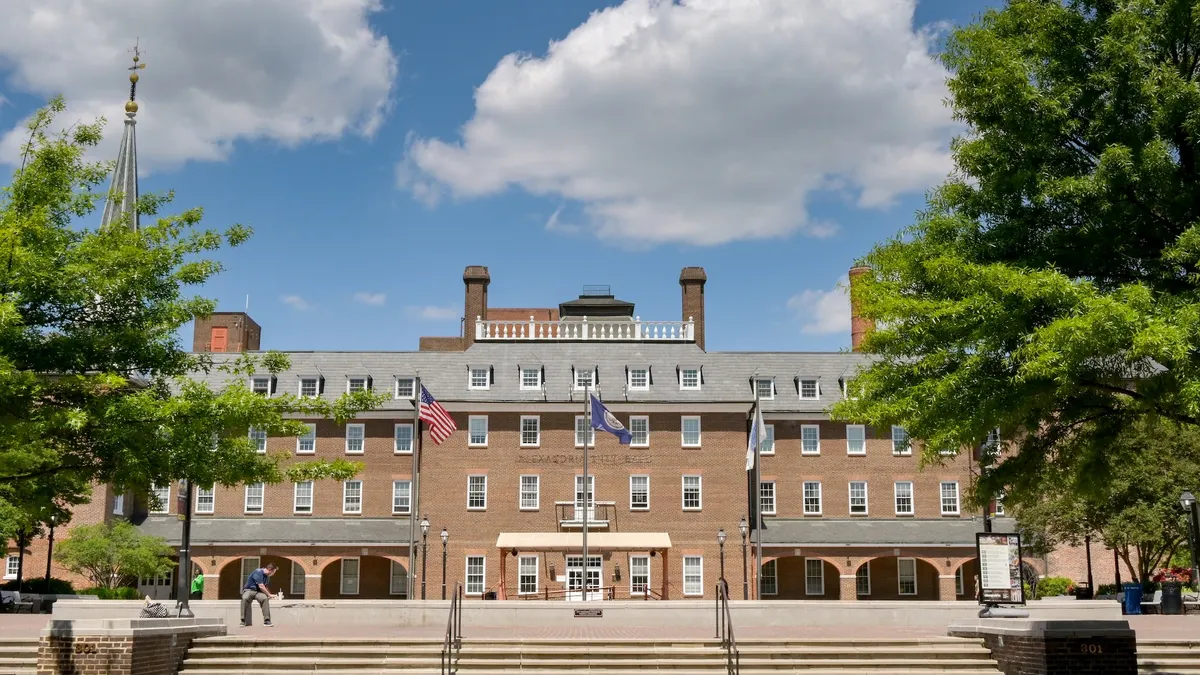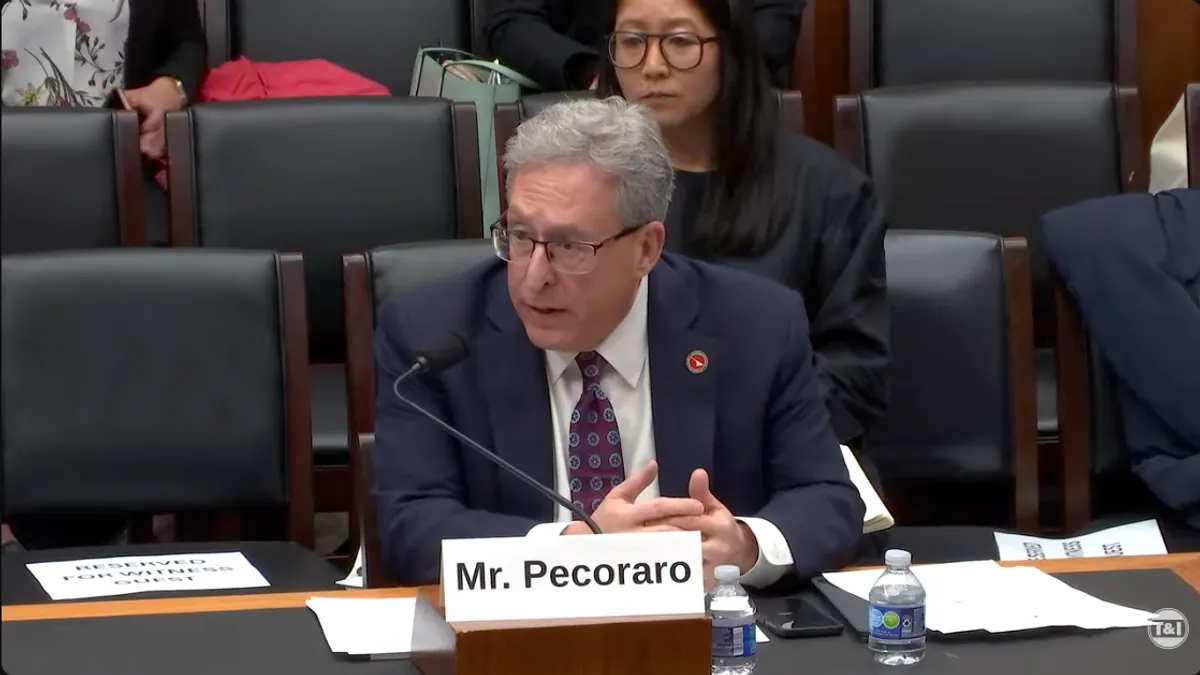Location, location, location. It’s a well-known key to real estate success — and one reason Lancaster County, Pennsylvania, is blossoming into a business and recreation hub, according to Ezra Rothman, president of EDC Lancaster County, a nonprofit focused on business retention and expansion.
Lancaster County is less than two hours’ drive from Philadelphia and Baltimore and less than three hours from New York City and Washington, D.C., giving the area “fast access to a decent-sized portion of the U.S. population,” Rothman said.
A vibrant city leads to a vibrant county
Rothman credits some of the area’s success to a “Renaissance in Lancaster city” over the past 15 years. “Lancaster city is the geographical heart — and I’d say, culturally, the soul — of Lancaster County,” he said. “When you have a vibrant city, that leads to a more vibrant county.”
In its comprehensive Our Future Lancaster plan, adopted in 2023, the city identified goals including greater economic strength and equity and initiatives ranging from affordable housing to growing business and lifestyle opportunities around the Conestoga River.
Rothman highlighted public-private partnership projects in downtown Lancaster, including a baseball stadium and a convention center with a Marriott hotel built within the façade of a 110-year-old department store.
Major players in the city’s revitalization include Franklin & Marshall College and health system Lancaster General Health, which partnered in 2003 to create the James Street Improvement District. That body merged with the Lancaster Alliance in 2013 to form the Lancaster City Alliance. The nonprofit works to promote a “clean, safe and vibrant city for all” with business services, neighborhood ambassadors, beautification efforts and targeted development investments. Rothman notes that Lancaster also has a city revitalization and improvement zone, making it one of the first to participate in that Pennsylvania state program. “It's a form of tax increment financing, so that has also helped to spur some redevelopment,” he said.
Commercial and industrial growth
Outside the city, Rothman points out some other Lancaster County development hot spots. Growth continues at Rock Lititz, a 108-acre, state-of-the-art production campus with rehearsal and production spaces and related businesses that “brings together the top production-based vendors and resources in the live event industry to enhance collaboration, innovation and creative partnership.” Expansion of the campus includes a hotel, shops and restaurants.
Lancaster is primarily a rural county, Rothman says, with manufacturing and entrepreneurship growing directly from the area’s Amish and agrarian roots.
“There’s a lot of businesses that have grown up just out of that work ethic and interest in this community,” he said, explaining that the farms attracted food-processing businesses as well as small, specialized machine shops to repair machinery. “And then [residents] start being able to do other things, manufacturing their own products, helping out in other industries. This is not the single factor of our growth, but that starts to create some manufacturing momentum that has built up over time.”
Amish farmers started other businesses to support their farm economy, manufacturing things like playgrounds and sheds and doing millwork in areas not zoned for manufacturing facilities. “And then the question for the municipalities in our community becomes, what do we do with that? How do we help them?” Rothman said. “We want to support the businesses and this growth, and at the end of the day, that is what allows them to keep farming. But again, it's a very different look and feel to a community. So that's something that we're still working through with a lot of municipalities.”
Manufacturing makes up the largest share of the county’s GDP, but that’s not tied to one specific industry, which Rothman said adds to the area’s ability to grow. The county’s economic growth has outpaced Pennsylvania’s over the last 10 years, he said.
One major manufacturer in the county has an unexpected connection to its agriculture, pharmaceutical company GSK. The first GSK site to continuously operate in the U.S. was in Marietta, Pennsylvania. “It was in the late 1800s, back when vaccines were made from cows,” Rothman explains. “There was a local doctor who was using his cow farm to make vaccines. [That facility] was owned by several companies along the way, and now it's going to be a world-class GSK facility.”
Last fall GSK announced an investment of up to $800 million for a new state-of-the-art drug manufacturing facility at its Marietta site. The new multipurpose facility will be capable of manufacturing sterile liquid vaccines and medicines and will house a state-of-the-art R&D pilot plant to manufacture medicines for clinical trials. GSK also will establish “a new vaccines drug substance facility at the site, dedicated to manufacturing products based on the company’s novel [multiple antigen presenting system] technology, subsequent to future regulatory submissions and approvals.” The company broke ground for the new project in April, with the drug substance facility anticipated to be up and running by the end of 2027 and the drug product facility by the end of 2028.
“We also have another significant laboratory company called Lancaster Labs,” Rothman said. “They do a lot of medical testing, food testing and environmental testing. They're one of the largest of that type of facility anywhere.”
Boosting outdoor recreation
Rothman said that in addition to business growth, EDC is excited about the outdoor recreation possibilities the area offers, such as a network of rail trails for cycling enthusiasts. “Outside of Lancaster city, we have 18 boroughs or small towns; a lot of them are connected to these rail trails,” he said. EDC is looking at how to work with local partners, county governments and municipalities to invest in those outdoor amenities, he said.
“What we are really excited about is leveraging outdoor recreation to help spur some of that downtown vibrancy in Lancaster city and some of those other small urban areas, and leverage this for the attraction and retention of workforce talent,” he said. “We as a community need to move past just the ‘Amish and ag’ reputation. That needs to stay part of what makes us special, but there's so much more here.



